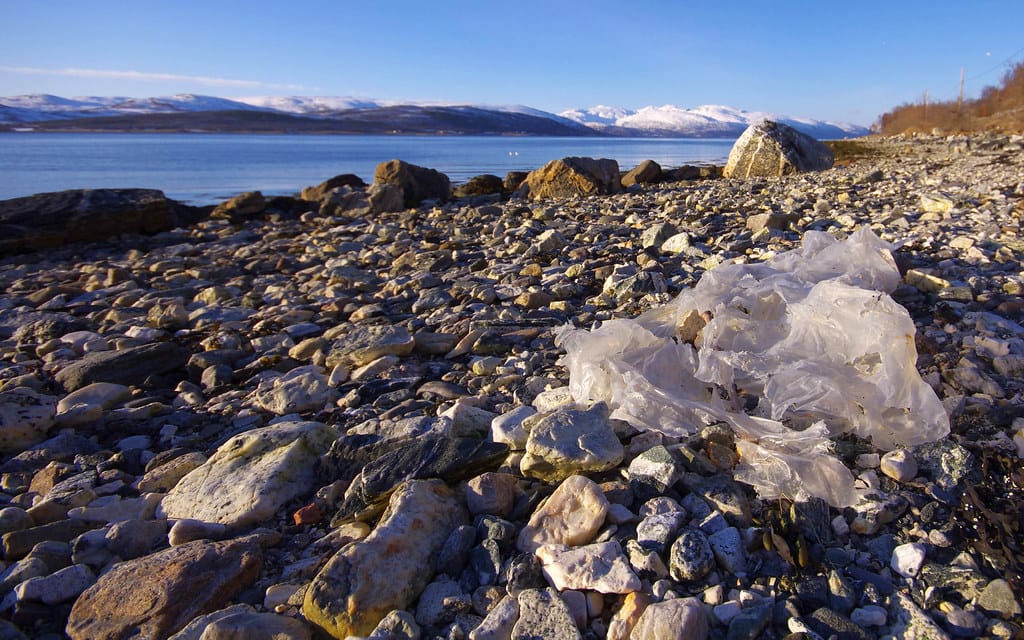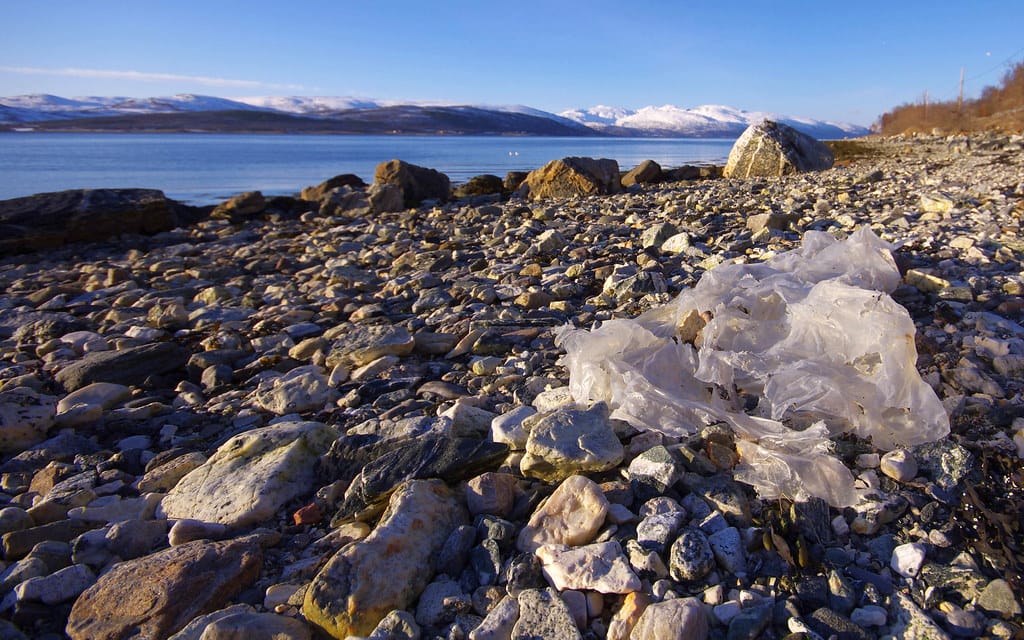The Hidden Threat in Your Glass Bottle: How Caps Are Contaminating Drinks with Microplastics
That premium glass bottle of soda or craft beer you're sipping might seem like the eco-friendly choice, but new research reveals a troubling truth: the plastic caps sealing these supposedly "clean" beverages are leaching millions of microplastic particles directly into your drink.
A groundbreaking study published in Food Chemistry has shattered assumptions about glass packaging safety, revealing that plastic bottle caps—even on glass containers—release significant amounts of microplastic contamination into beverages. The findings suggest that consumers seeking to avoid plastic pollution may be unknowingly consuming it anyway.
The Scale of Contamination
Researchers analyzed 150 beverage samples from glass bottles across multiple categories, including soft drinks, alcoholic beverages, and bottled water. The results were startling: every single sample contained microplastics, with concentrations ranging from 0.9 to 57.9 particles per liter.
The contamination levels varied significantly by beverage type:
- Carbonated soft drinks: Highest contamination levels, averaging 32 particles per liter
- Alcoholic beverages: Moderate levels at 15-20 particles per liter
- Still water: Lower but still present at 8-12 particles per liter
Most concerning was the discovery that beverages stored for longer periods showed dramatically higher microplastic concentrations, suggesting ongoing leaching from caps over time.
The Cap Connection
The research team used advanced spectroscopy techniques to trace the microplastics back to their source: the plastic caps and sealing mechanisms. These components, typically made from polyethylene (PE) and polypropylene (PP), gradually shed microscopic particles through several mechanisms:
Chemical degradation occurs when beverages with high acidity or alcohol content interact with cap materials, breaking down the plastic structure. Mechanical wear happens during manufacturing, transport, and opening processes, creating particle fragments. Temperature fluctuations during storage and shipping cause expansion and contraction, accelerating particle release.
Dr. Elena Rodriguez, the study's lead researcher, explained: "We found that the interface between the cap and bottle neck creates a perfect storm for microplastic generation. The combination of pressure, chemical interaction, and mechanical stress continuously generates particles that migrate into the beverage."
Industry Response and Consumer Impact
The beverage industry has been largely silent on these findings, though some manufacturers are reportedly exploring alternative sealing technologies. The challenge lies in maintaining product freshness and safety while eliminating plastic components entirely.
For consumers, the implications extend beyond environmental concerns to potential health risks. While research on microplastic health effects remains ongoing, studies have linked exposure to inflammatory responses and potential endocrine disruption.
"Consumers choosing glass bottles specifically to avoid plastic contamination are facing a cruel irony," notes environmental scientist Dr. Michael Chen. "The very mechanism designed to preserve their beverage is introducing the contaminants they're trying to avoid."
Beyond the Bottle Cap
This research highlights a broader issue with "plastic-free" products that still rely on plastic components. Similar contamination patterns have been found in:
- Metal cans with plastic linings
- Paper cups with plastic coatings
- "Compostable" containers with plastic seals
- Glass jars with plastic lids used for food storage
The study's findings suggest that truly plastic-free packaging requires examining every component, not just the primary container material.
What Consumers Can Do
While completely avoiding microplastic exposure may be impossible in our current packaging ecosystem, consumers can take steps to minimize contamination:
Choose fresher products with shorter shelf lives and recent production dates to reduce leaching time. Store beverages properly in cool, stable temperatures to minimize cap degradation. Consider alternatives like beverages in completely plastic-free packaging, though options remain limited.
Support innovation by choosing brands investing in alternative sealing technologies, such as natural cork, wax seals, or advanced bio-based materials.
The Path Forward
This research underscores the urgent need for packaging innovation that truly eliminates plastic contamination. As consumer awareness grows, industry pressure will likely accelerate development of genuinely plastic-free alternatives.
The glass bottle revelation serves as a wake-up call: in our interconnected packaging ecosystem, plastic contamination can emerge from unexpected sources. Only through comprehensive analysis and innovative solutions can we hope to achieve truly clean, sustainable beverage packaging.
Until then, every glass bottle serves as a reminder that the fight against plastic pollution requires vigilance at every level—even down to the cap.

